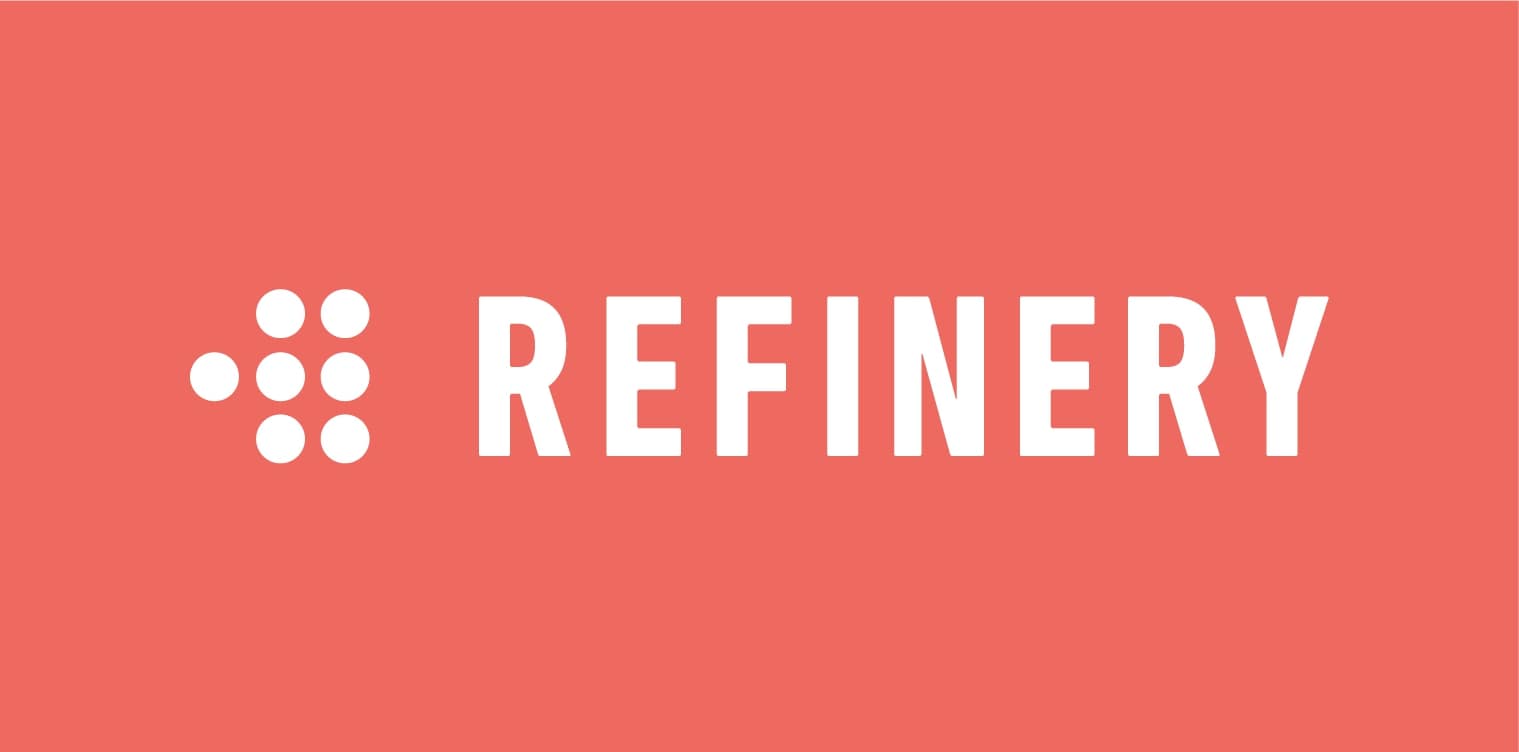Last March, as we contemplated the need to adapt our in-person programs to virtual programs, we knew it was not as simple as just taking the same content and activities and delivering them via an online platform such as Zoom. After all, Refinery is best known for our experiential activities which don’t automatically translate in the virtual world. We knew that our clients and their worlds had shifted and, in many cases, rotated 180 degrees from where they were before. So, we decided to ask ourselves (and our clients) a few key questions to better understand what leaders were needing in this new work environment: The following is a summary of what we learned.
1.What makes a good leader in today’s remotely distributed workforce, and have these qualities changed?
For many, COVID has tested what it means to be a leader, and in many cases the cracks are showing due to the stress associated with the changes that are required in a virtual work environment.
Some extroverted leaders are struggling in this virtual environment whereas leaders who lean more toward introverts are excelling with their teams. Why? For one, traits that were once thought of as key to successful leadership — gregariousness, decisiveness and boldness are changing. The new virtual work environment necessitates leaders who can read subtleties in behaviours and listen more intently to their people.
There is also a tendency in some more traditional organizations to revert to ‘that’s what I’ve been told’ when you do not have all the answers. By taking time to understand the ‘why’ of the decision to share with your employees you are telling them that you trust them to know the background of decisions and directives.
Bottom line, there is a need for a higher level of ‘humanity’ from leaders: trust, authenticity, vulnerability, acknowledging not having all the answers, seeking to understand and showing empathy. This goes against what some thought of in the past as a strong leader.
2.What do performance expectations look like in a work environment turned upside down?
With no end in our immediate sight to this virtual work environment, do performance expectations of your team members need to shift? How do you as a leader also adjust to meet new expectations?
There is a need to address the changing expectations of leaders and how they are rewarded. How many organizations measure leaders on agility, resilience, leading in ambiguity? A new playbook is required
3. What does this current shift in work environment mean for a diverse workforce? Is virtual working helping or hurting their ability to move forward?
For leaders representing diverse segments of the population, there are different stressors for them. We have heard that by not having the opportunity to connect and be visible in the day-to-day physical work environment, they fear that they will get overlooked for opportunities. And, many times for female leaders they are also balancing their high-stress careers with being the head of their households. They simply cannot find the opportunity to take a breath for fear that they will be judged as being weak. Many people shared with us they were already struggling with this stress prior to COVID, and the current situation has just made it worse for them.
4. Has COVID and social justice movements like Black Lives Matter further disrupted the rules of the social contract?
Uncertainty is pervasive yet many are still desperately attempting to lead as if the construct of our world has not changed. Combine all of this with the stress and fear of the unknown, and you can quickly see how this new reality is taking its toll on leaders.
William Bridges’ research on change resulted in a deceptively simple three-step model: Endings; The Neutral Zone and Beginnings. We are now in The Neutral Zone, a place Bridges described as the “nowhere between two somewheres”. This is a place of fear, uncertainty, anxiety, but properly cultivated, is also a place growth, innovation, and purpose.
In a nutshell, our current scenario presents the ideal opportunity for development. Leaders should not ignore it, but rather look for new ways to innovate, and do things differently.
5. When will we get back to normal?
Today’s remotely distributed workforce is not going away any time soon. The upcoming winter and 2021 will bring its own set of new challenges, and how leaders plan and adjust for it now will determine if 2021 will be successful and different than what they experienced in 2020.
Taking into account everything that we learned after asking ourselves and our clients these questions, we have been able to successfully develop virtual learning programs that work for a remotely distributed workforce.
I’m curious what your thoughts are about the questions we asked. Drop me a line!
Rhonda
